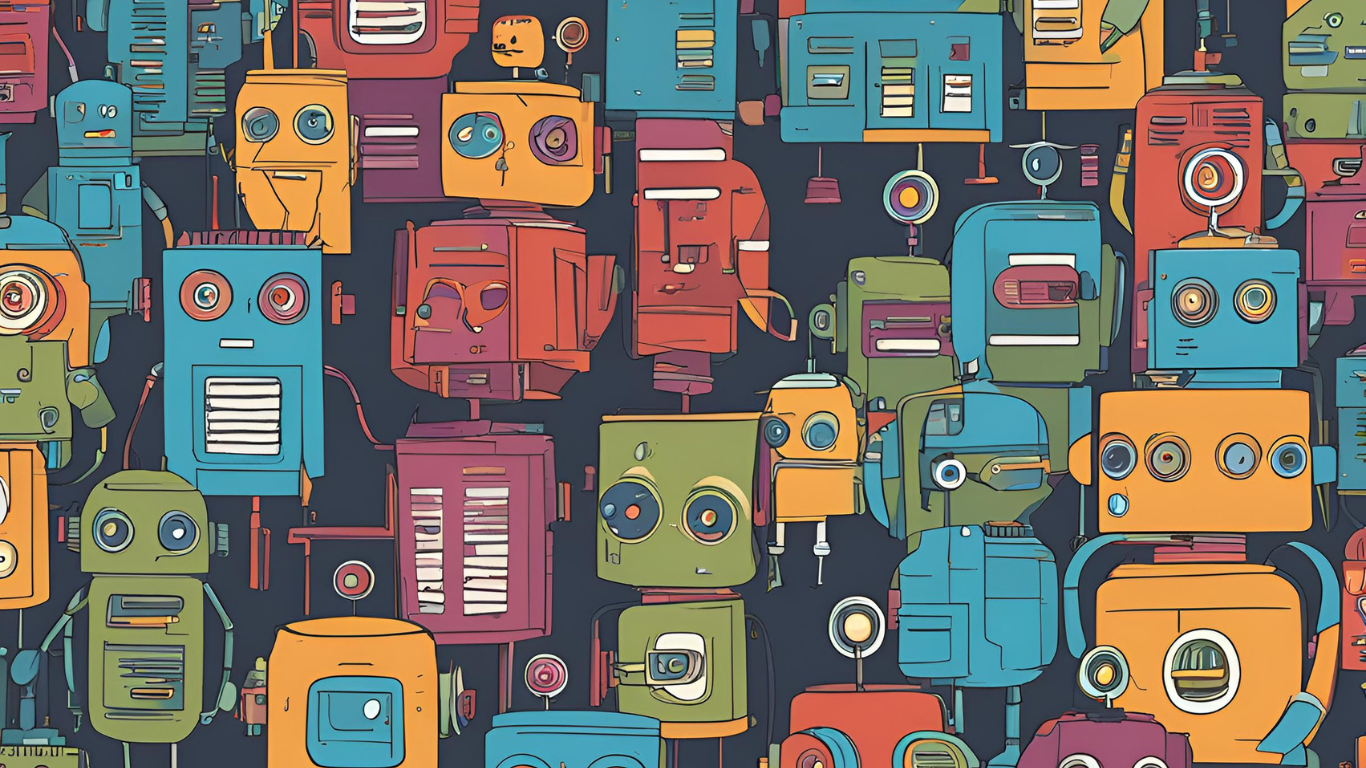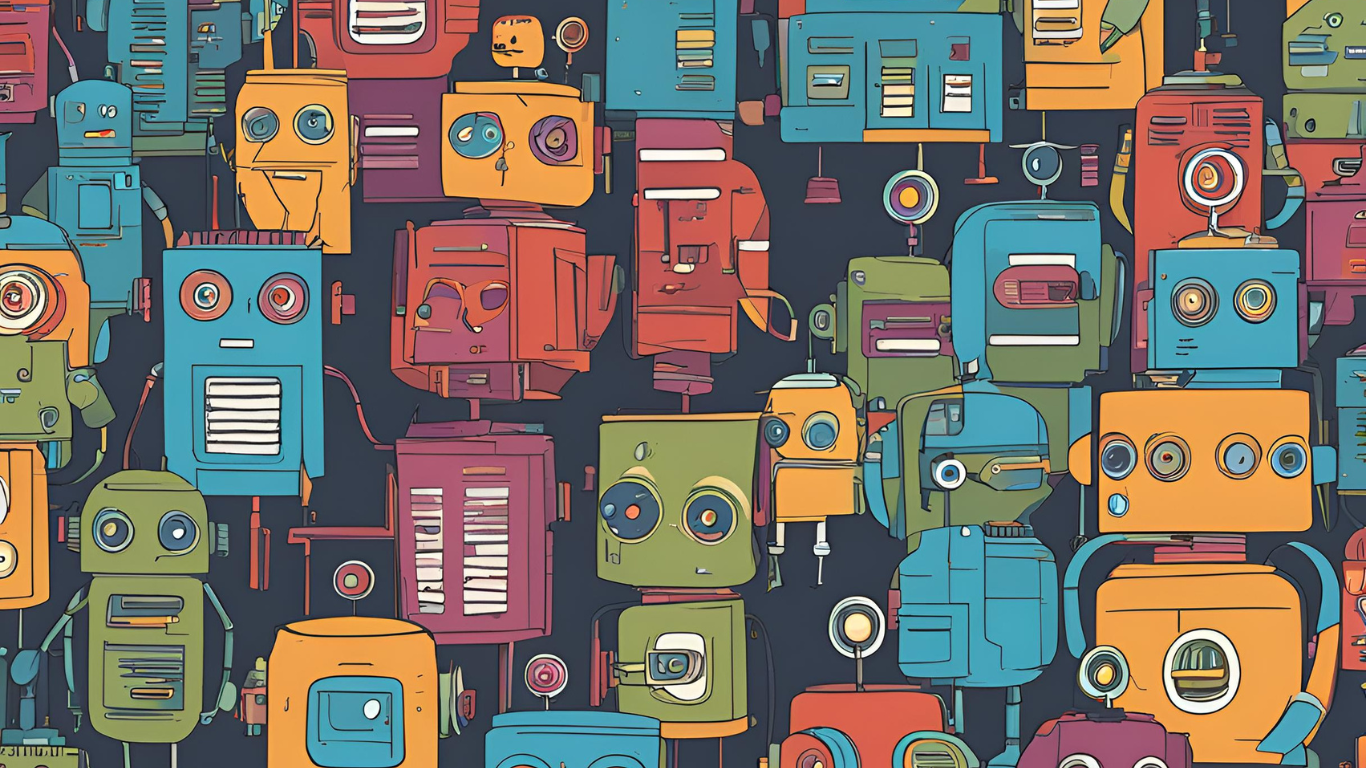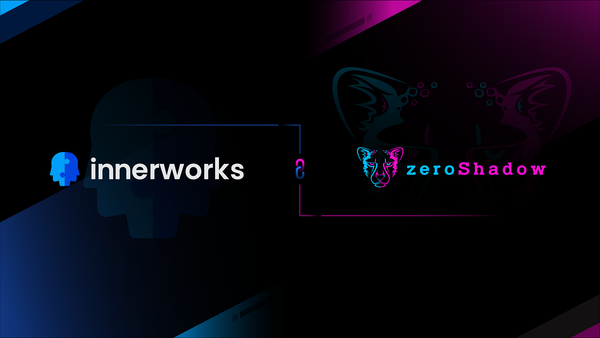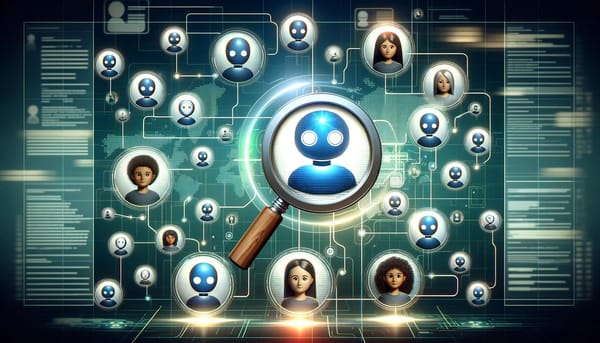Why AI is Key to Detecting Humanness in the Age of Digital Identity.

AI is constantly used to attack online spaces: from sybil attacks to credit card fraud. The technological advancements seen in generative AI are able to evade outdated authentication and proof of personhood methods like CAPTCHA and biometric facial ID. AI can also, however, be used to uncover inconsistencies and subsequently reveal identity fraud in the online space.

Being able to understand sophisticated attacks requires us to use AI from a defence standpoint but also an attack. The majority of cyber security solutions currently only focus on the former leaving a knowledge gap between their understanding of the problem and the solution.
To defend against these emerging threats, AI must be used. The increasing sophistication of these attack mechanisms leave legacy solutions to mis-classify these cases as either humans, or for authentication purposes, the true account owner. Only when these AI threats are combated with AI, deep underlying patterns can be discovered and then used to predict future attack techniques.
The truth is, most companies aren’t ready for AI and defensive approaches alone are not enough. To stay ahead in this rapidly evolving landscape, businesses must adopt a proactive stance; leveraging AI not just to react to threats, but to predict and preempt them. By integrating AI-driven detection systems, organizations can enhance their security protocols and ensure that they remain resilient against both current and emerging threats.
Common ways to detect bots?
What sets us apart at Innerworks is the sophisticated detection tools we use which help us catch a more advanced bot. However first, let’s take a moment to look at a few of the most common ways bots are detected:
Mouse movement analysis
The way a human moves their mouse to click on verification buttons or log in pages are very distinctive. Have you ever moved your mouse around for no reason whilst reading something? Or clicked to see where the curser is located? It is these ‘human’ like movements with our mousepads which can show up a bot very easily.
The amount of movements towards one singular button can be visualised to show just how direct bots are when they’re trying to enter a system.
Another giveaway is the speed at which they click buttons or navigate to the ‘log in’ button. The speed is often 10,000 quicker than an average human speed.
IP and Device proxies
Non-sophisticated bots will tend to make a number of requests all from the same IP address. Often this is common in user farms where thousands of requests or log in attempts come from one singular place. Often these warehouses host thousands of devices or hire individual humans to manage these devices.
In more sophisticated cases, to attempt to evade the IP detection a device will try to hide their requests sending them from a proxy source.
In the most recent Netflix documentary scandal of Ashley Madison — we saw they were pretending they had more female participants on their app. When investigations looked into the IP of these female accounts most of them lead back to the Ashley Madison office…
Investing in AI technology isn’t just about keeping up with the times; it’s about securing the future. As digital identities become more complex, the tools we use to protect them must evolve in tandem. It’s imperative that companies embrace AI to safeguard their online ecosystems, protect their users, and maintain trust in a digital world.
At Innerworks, by using novel machine learning models we’re able to accurately detect over 400+ behavioural data points that point to whether someone is a. A human, and b. The human that our client was expecting.
Get in touch at info@innerworks.me to see how we can detect bots in your ecosystem and authenticate real users.




